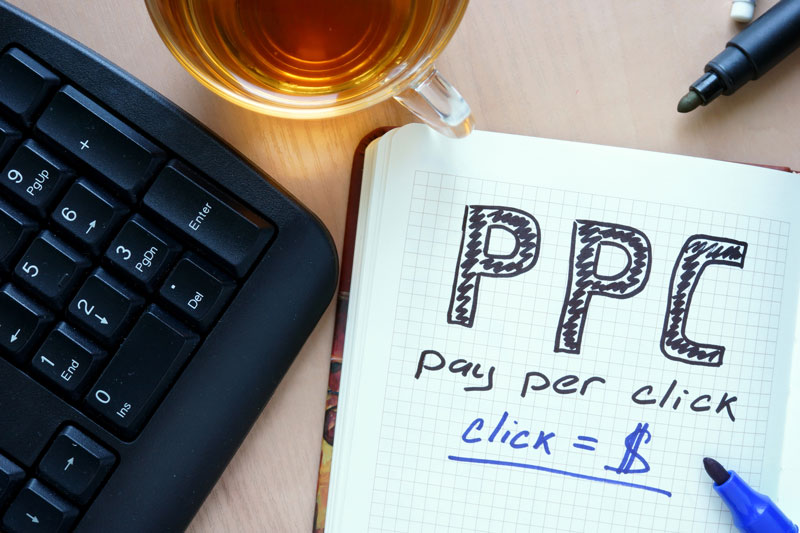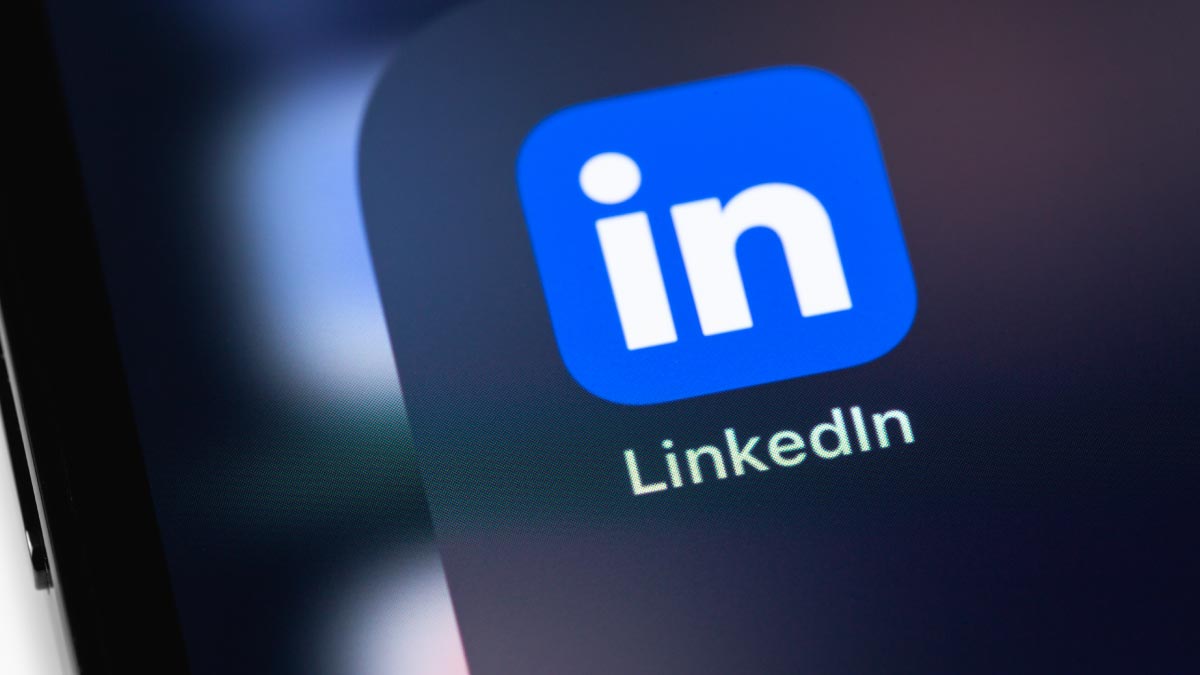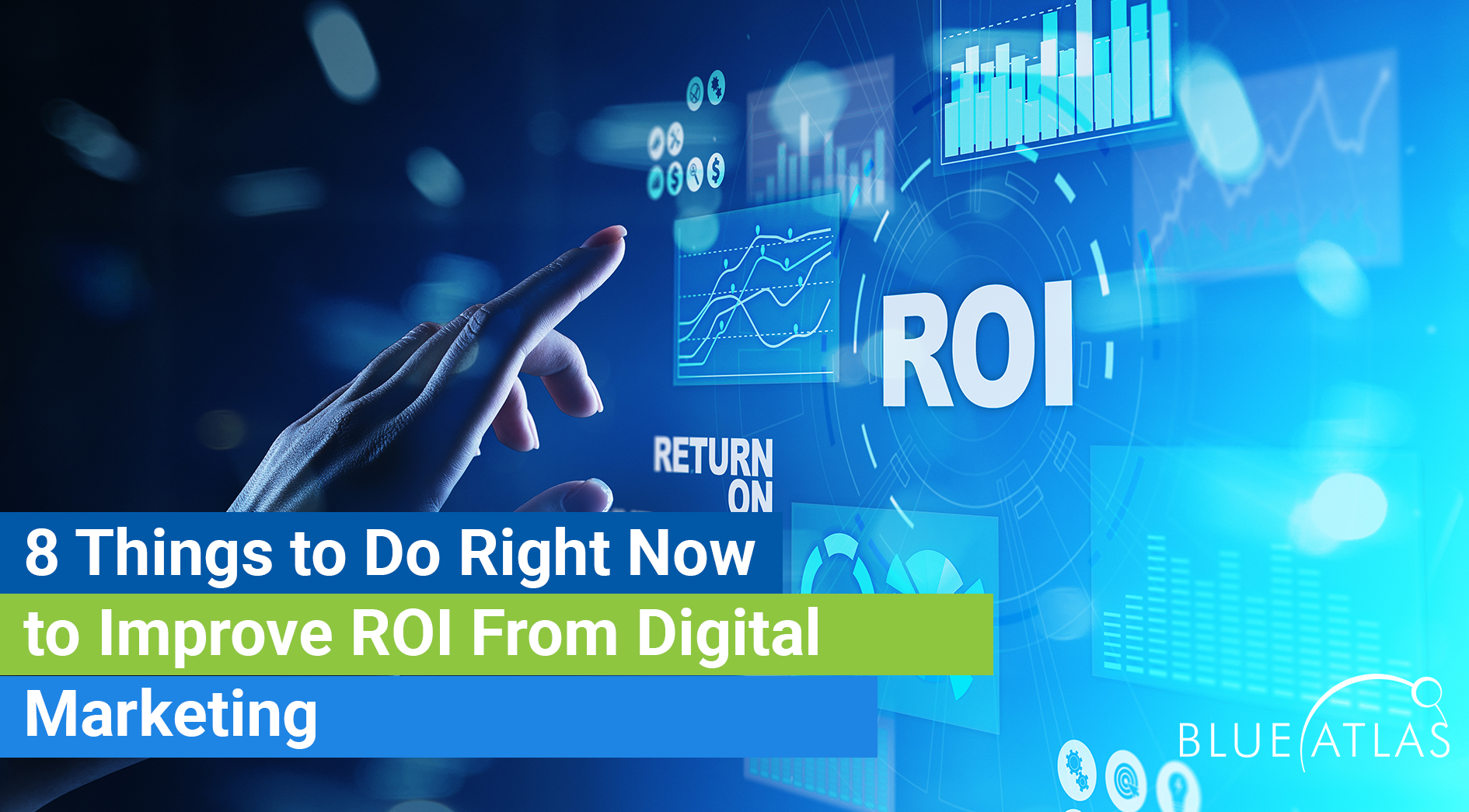How Does PPC Work and How Can It Help You?

If you have been doing marketing in recent years, you have probably heard colleagues and marketers throwing around words like SEM (Search Engine Marketing) and PPC. Are you like many and not sure what exactly it is and where to start?
We have put together a quick primer to help you get a good understanding of PPC and several aspects of how it works. After getting a better understanding and still needing help kicking off a PPC campaign, learn more about Blue Atlas’ pay-per-click services here.
What is PPC?
First, there are several platforms you can use for PPC advertising including Google, Bing, Facebook, and more, but we typically refer to PPC with Google. We aren’t limiting you to Google, but they have the largest selection of PPC options and controlled over 88% of the desktop search in April 2019, according to Statistica.
PPC is one of the most essential components of your marketing strategy. You upload your advertisements and set a budget for the money you’re willing to send.
When your ad is clicked, Google will deduct the cost of the click from your budget. This is a simplified way of explaining how you pay for your ads. Impressions, quality scores, keywords targeted, and competition all factor in how much and what you pay.
PPC is also flexible. You can use PPC to create a general advertising campaign. You can also create specific advertising campaigns with PPC. Specific campaigns include time-sensitive (such as promoting a sale) and local or something specific down to a single keyword.
At the end of the day, PPC is online advertising like you are used to with print, broadcast, and other traditional forms of advertising, because you have to pay to play. When you quit paying, your ads no longer show.
How Does PPC Work?
With PPC, you create your ad and upload it to a Google Ads Account. You set your budget, target an audience, specify keywords or audiences, and Google will do the rest. Google does offer several types of PPC platforms, and each one has different audiences and advantages. Here are the different ways you can use PPC.
Search Ads
Chances are, you’re already familiar with search ads. How often do you search for a term, and see special search results titled “ad?” These are search ads. When you pay for search ads, your website appears first on search results.
Search ads are a little different than display ads. Rather than upload a graphic ad, you pay for search terms and display text ads. You select your keywords and set up an ad budget. When anyone clicks your search result, you pay.
This is the oldest form of Google ads and is still very effective. Throughout the years, competition has raised the cost of these ads, and Google has cut down on the number of ads on page one. Be prepared to commit to a decent budget to see real results.
Display Ads
Display ads are the advertisements you see on websites. These ads are clickable, graphic banners or text. Whenever anyone clicks on these ads, they’re redirected to the advertiser’s website.
When you optimize your Google Ads campaign for display ads, you upload your ad and Google will place your ad on different websites.
Set a budget, and you will only pay whenever your ad is clicked. You also have more payment options with display ads. These include cost-per-thousand-impression and cost-per-acquisition. There are also auctions to outrank your competitors.
Like search ads, you’ll reach a large audience with display ads. Most blogs and content-focused websites make their money by displaying Google ads. You can imagine how many websites are displaying Google ads!
Local Search Ads
Local search ads are specialized ads meant to attract your local market. You use a combination of search terms and display ads to appeal to your local market. You also set your budget and are charged when someone clicks your ad.
Local search ads appear in more specific platforms and localized platforms. Google Maps is a perfect example.
To utilize local ads, you should include local cities, zip codes, and neighborhoods in your target keywords. Google even has products like Google Adwords Express targeted at new advertisers, especially local search advertisers.
Video Ads
One of the most popular advertising strategies right now is video advertising.
These ads appear before (pre-roll ads) or during a video (mid-roll ads or instream ads). Since Google owns YouTube, you can use your Google Ads account to place YouTube videos.
Google optimizes video ads differently than traditional ads. 1.3 billion people use YouTube, watching 3.25 billion hours of video each month, but these visitors look for specific videos. That’s why Google targets its ads by specific demographics and interests.
To use video advertising, you only need to upload your video ad and target your audience, and Google will place your ad on different videos. You still have a pay-per-click payment method, so you only pay when viewers click your ad.
Retargeting
What if you want to target a specific audience? Google Ads can’t support specific ad campaigns. We already went over local ads, so let’s go into retargeting.
Advertising isn’t only a tool for attracting new customers. You can retarget your ads to your existing customers. Google is smart — it remembers who has visited your website and purchased your product.
Your ads will continue appearing on their searches, the websites they visit, and the YouTube videos they watch.
The only difference between retargeting ads and other ads is the bidding model. When you outbid your competitors, your ads outrank your competitors.
Social Media PPC Ads
Google isn’t the only PPC source. Social media channels like Facebook and Instagram can now use a PPC advertising platform.
And you should utilize social media advertising. Facebook generates 2 billion users each month. That’s a huge market full of customers.
Like Google ads, Facebook ads are diverse. You can appeal to a local market and retarget your customers, and you have a wide range of mediums to choose from.
You can create banner ads that appear on timelines and video ads that play during Facebook videos.
Facebook targets your audience a little differently. You need to download Facebook Pixel, a tool that Facebook uses to collect data about your visitors.
The pixel also helps memorize who visits your page so that they can be retargeted.
Similar to Google, Facebook uses a PPC platform. But you can boost your post for an extra price, increasing your reach.
Use PPC and Widen Your Audience
Advertising is growing, with different ways to promote your business and expand your reach. PPC is a key digital advertising platform.
PPC is also one of the oldest, most widespread forms of digital or online advertising. There are many ways to reach an online audience, so your creativity is the only thing holding you back!
Do you need help with your PPC marketing campaign? Check out our website to learn how we can help.




